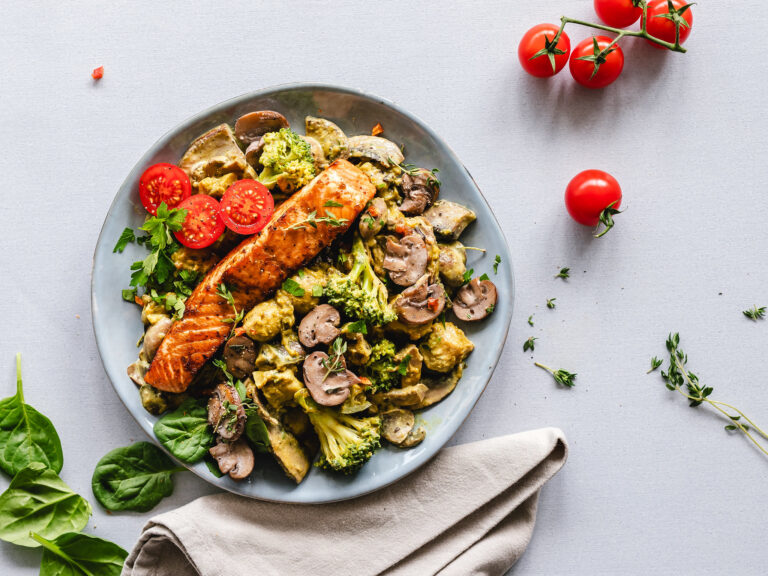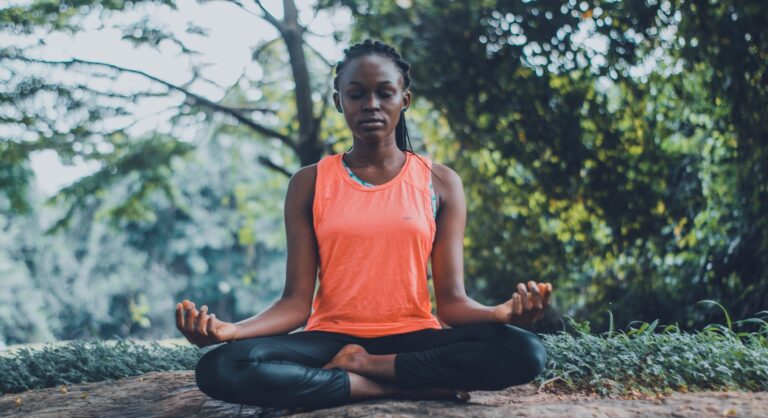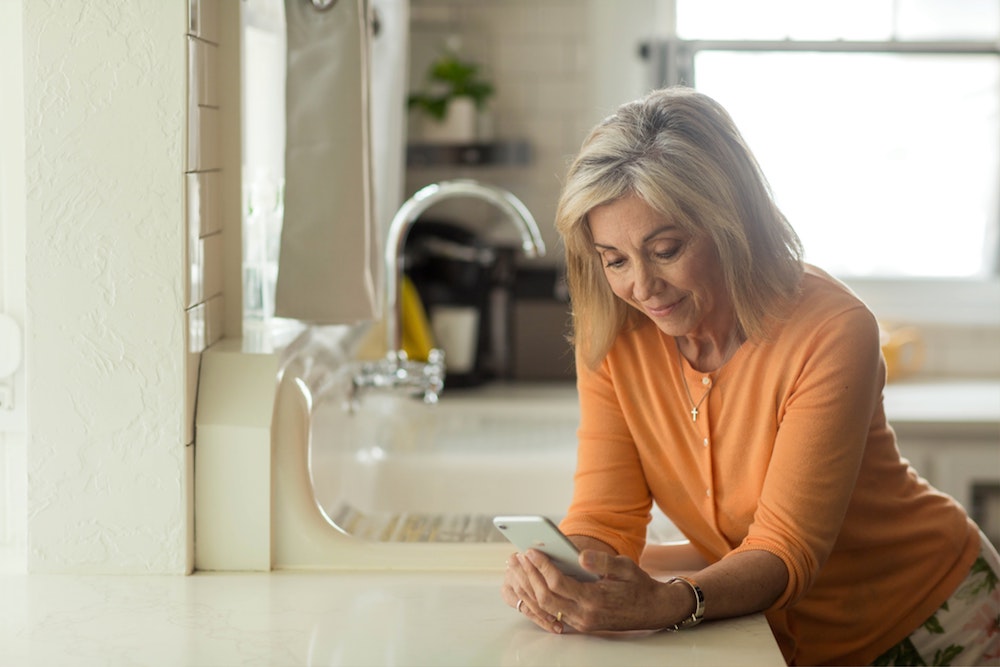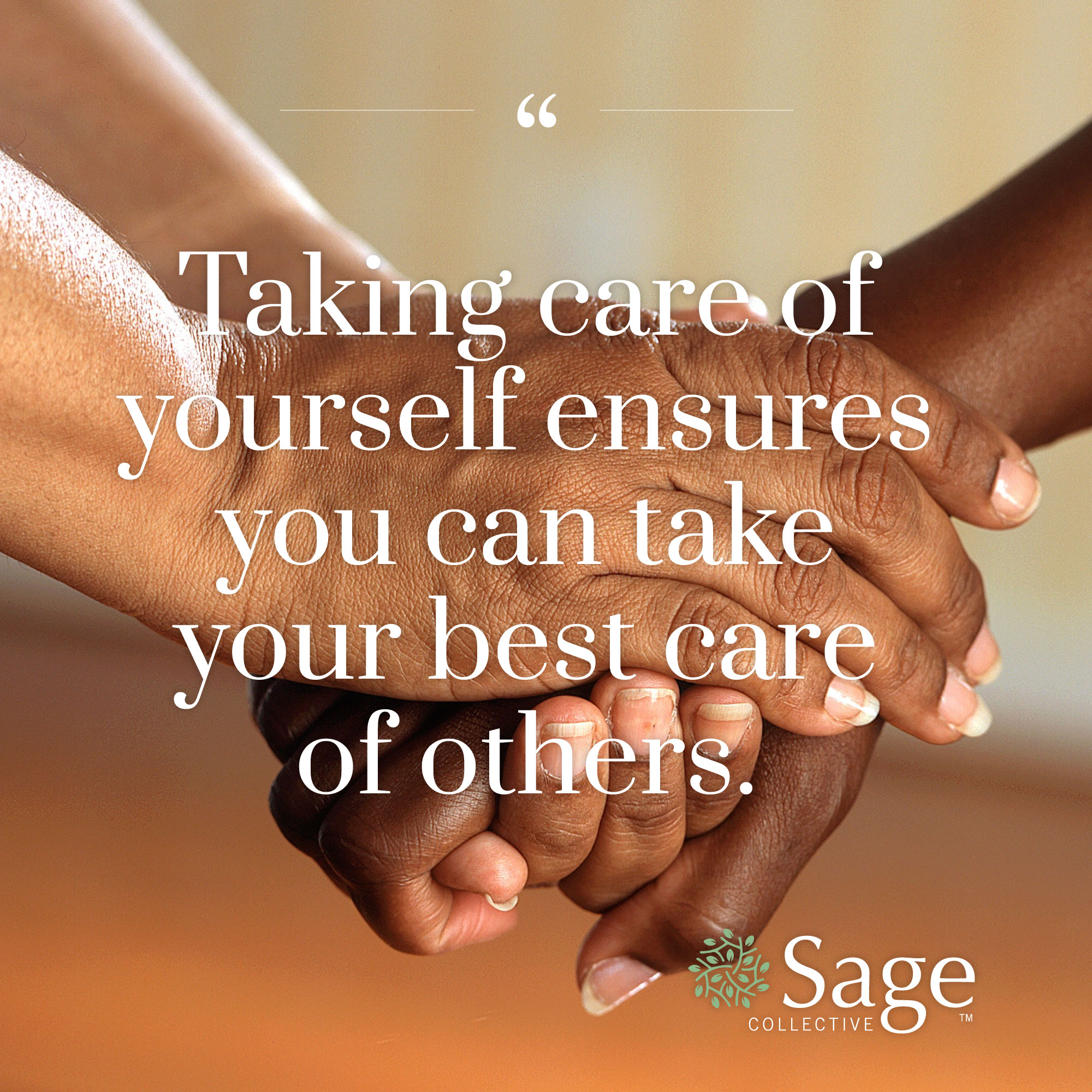How to Tackle the Winter Blues
Winter’s frigid months, when sunshine is scarce and snow piles accumulate, can be daunting, leaving many — particularly older adults — feeling as though stepping outside is a chore. At Sage Collective, we recognize the hardships that come with the long winter days and believe that with preparation, anyone can traverse the burdens of winter with relative ease. So, even as winter takes over in the upcoming months, you can meet the blues it might spawn, head-on.
The simplest way to get through the seemingly never-ending winter months is by centering your focus on your wellbeing, introducing various self-care principles into your life and staying mindful of what makes you happy.
Secure Nutrients
Nutrients are critical to thriving during winter, and while bleak, the outdoors produces several essential benefits. Natural light provides significant benefits to our bodies that we lack during winter, including vitamin D, which reduces the risk of heart disease and prevents bone loss, and produces mood boosters like serotonin and endorphins. While natural light can be easily accessible from windows, it’s even more beneficial to immerse yourself in the outdoors, and embrace the fresh air.
While you’re outside, a walk around your block or to the grocery store is also a great way to combat the winter blues. Frequent physical activity helps create a routine, and as your body moves, the hormones released by your body and vitamins you receive from the sun help stabilize emotions and build spirits.
Because the outdoors can be such a brisk environment, having options to be active in indoor environments is a necessity. Programs like SilverSneakers make it easy for qualified older adults to go to gyms and participate in online or in person fitness classes at no cost. Around Bronzeville, gyms participating with SilverSneakers include La Fitness and Planet Fitness. Local YMCA’s are another great option for anyone searching to keep their fitness routine active in the winter.
Feed Your Soul
Nurturing your body certainly helps get through some aspects of winter, but your soul’s wellbeing is equally important. It’s essential to find bliss through activities and hobbies you’re passionate about during winter. Sit next to a warm fire and immerse yourself in a new book; tune into a podcast and explore new topics; put pen to paper and share your feelings in a journal, or document cherished memories in a scrapbook.
If you can, take a trip. Midwesterners know best that venturing to a different climate or part of the country can give you a real boost during the winter months. Whether you make it a road trip to Florida or take a plane to Cancún, vibrant sunlight and cloudless skies never disappoint. Weekend and day trips are another great way to feed the soul, especially considering Chicago’s perfect location for getaways that take you in virtually any direction.
Most importantly, don’t shy away from spending some extra time with your family and friends during winter. Loved ones are the perfect remedy for the winter blues and often can kick us out of mental slumps.
As the winter season approaches, start preparing for what lies ahead and armed with a good attitude and a toolkit for beating the winter blues, consider placing a spotlight on your wellbeing.











